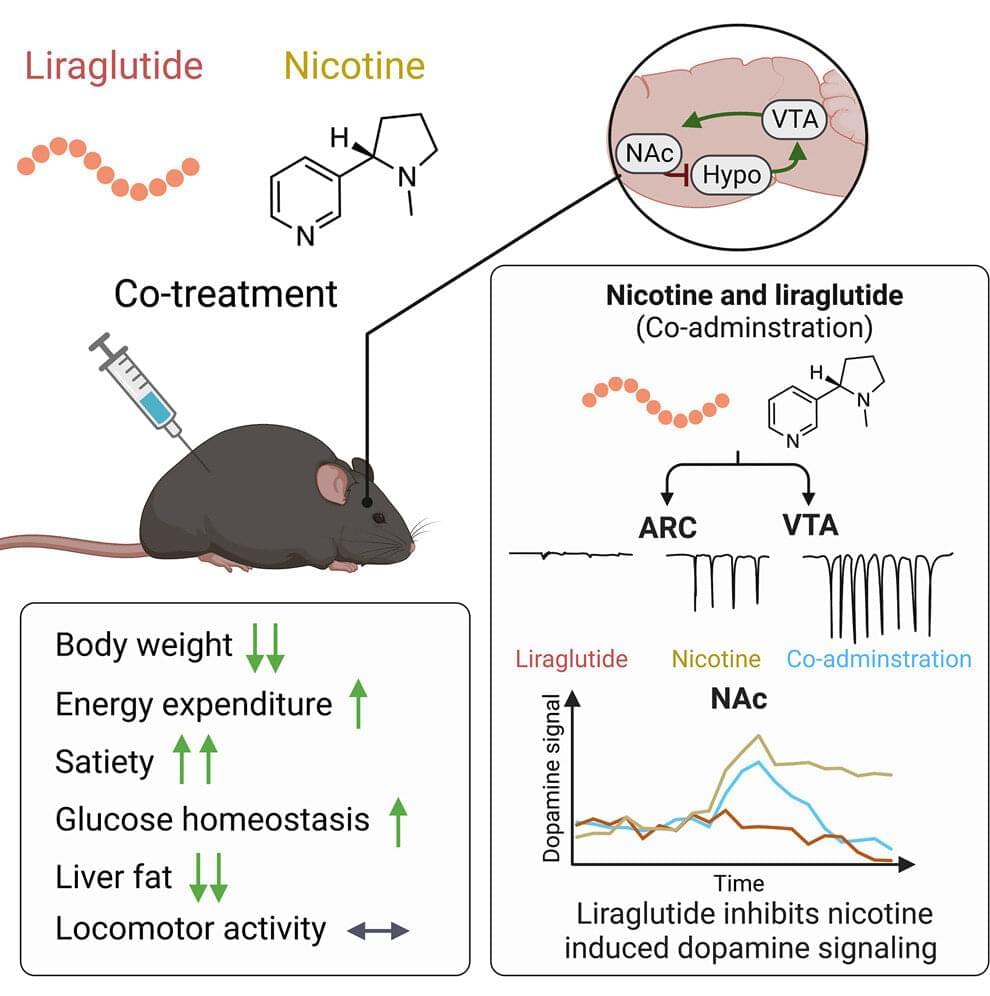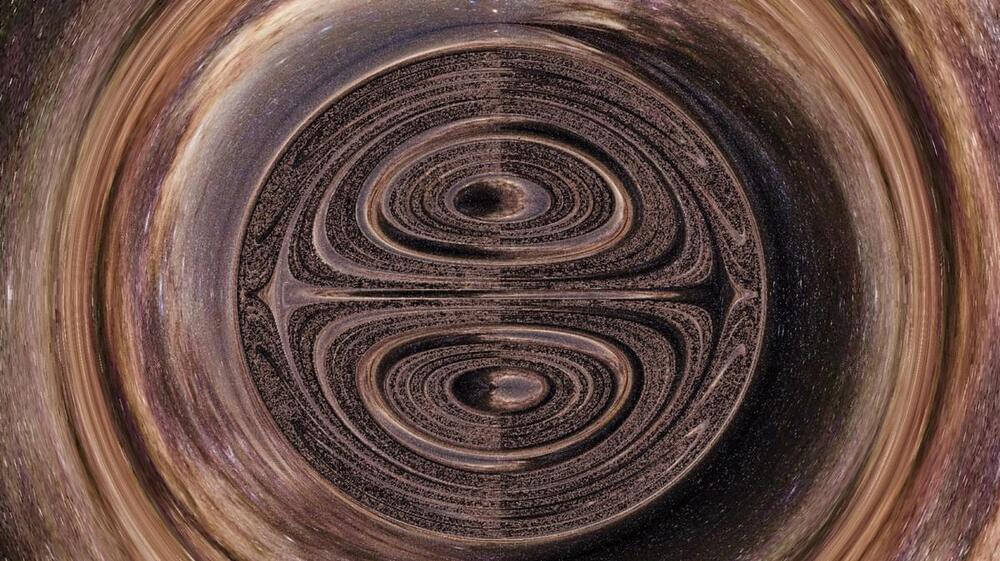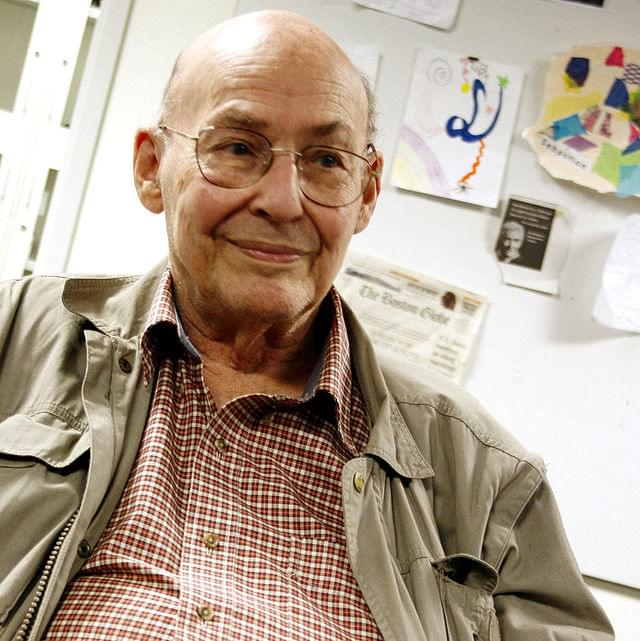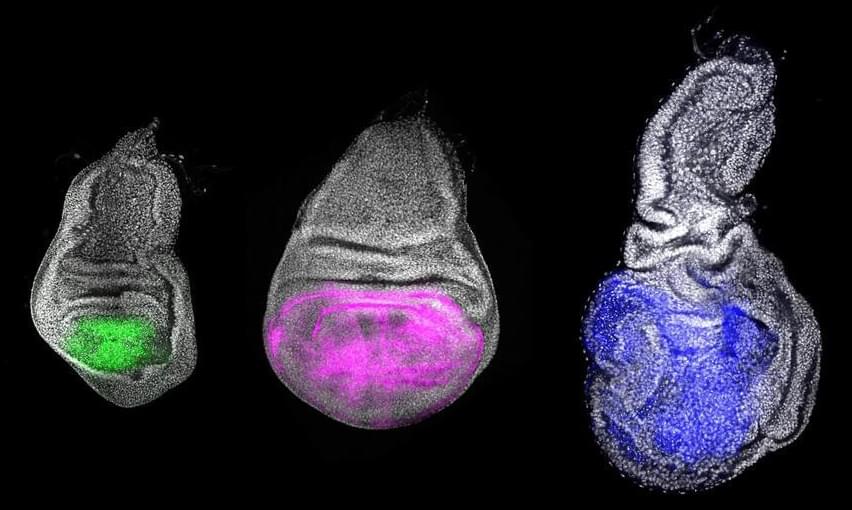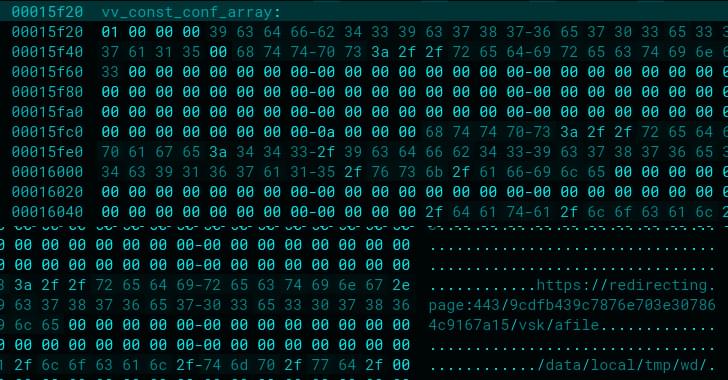Paraconsistent logic challenges this standard view. A logical consequence relation is said to be paraconsistent if it is not explosive. Thus, if a consequence relation is paraconsistent, then even in circumstances where the available information is inconsistent, the consequence relation does not explode into triviality. Thus, paraconsistent logic accommodates inconsistency in a controlled way that treats inconsistent information as potentially informative.
The prefix ‘para’ in English has two meanings: ‘quasi’ (or ‘similar to, modelled on’) or ‘beyond’. When the term ‘paraconsistent’ was coined by Miró Quesada at the Third Latin America Conference on Mathematical Logic in 1976, he seems to have had the first meaning in mind. Many paraconsistent logicians, however, have taken it to mean the second, which provided different reasons for the development of paraconsistent logic as we will see below.
Paraconsistent logic is defined negatively: any logic is paraconsistent as long as it is not explosive. This means there is no single set of open problems or programs in paraconsistent logic. As such, this entry is not a complete survey of paraconsistent logic. The aim is to describe some philosophically salient features of a diverse field.
